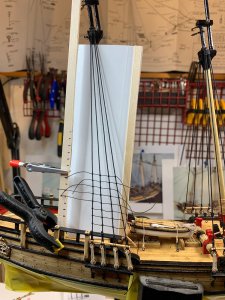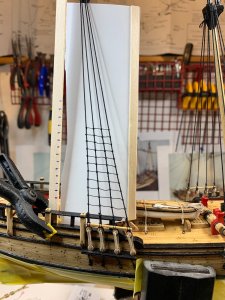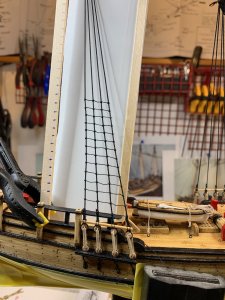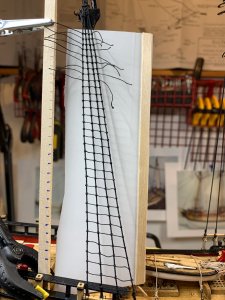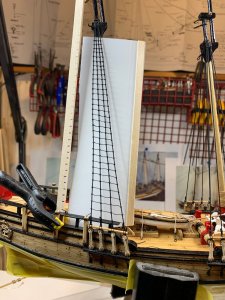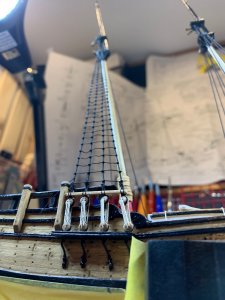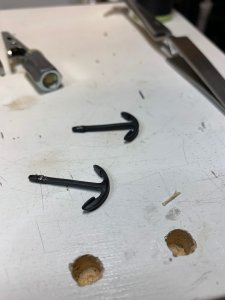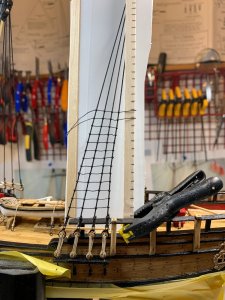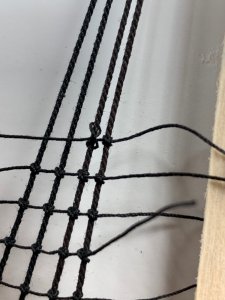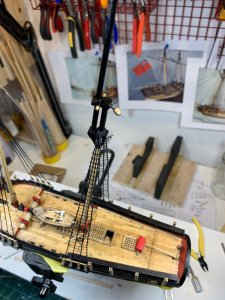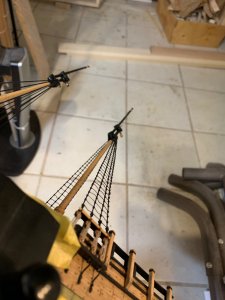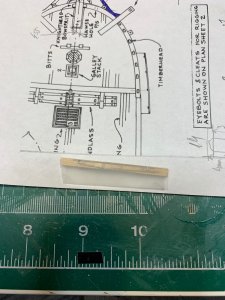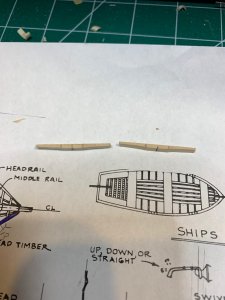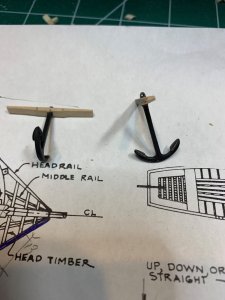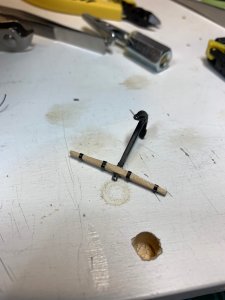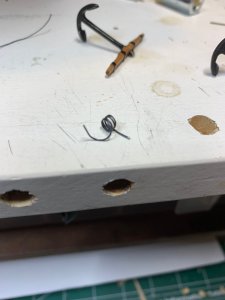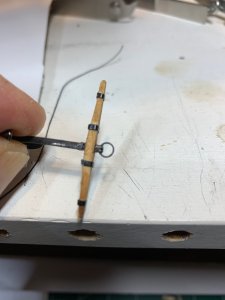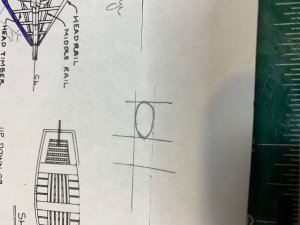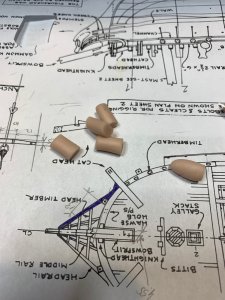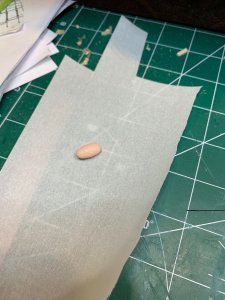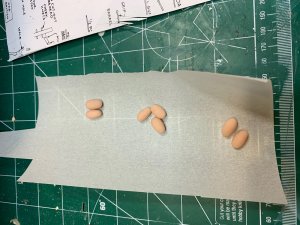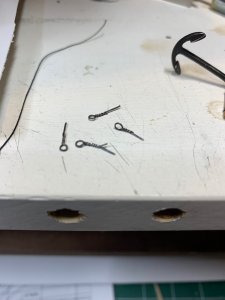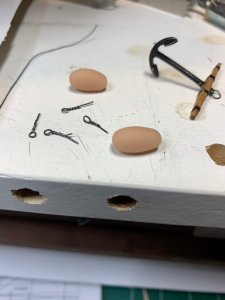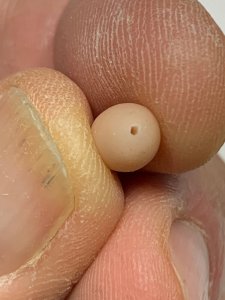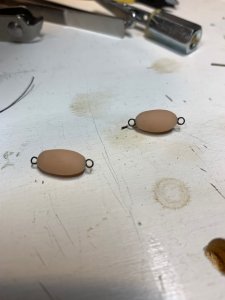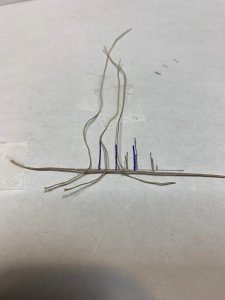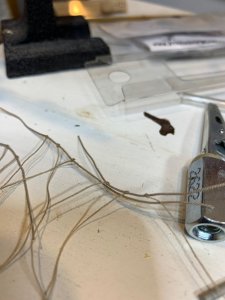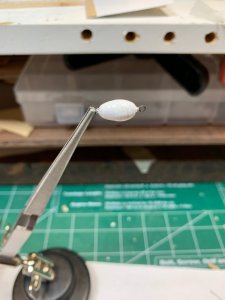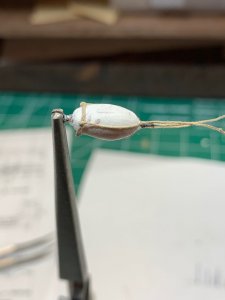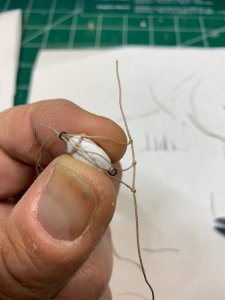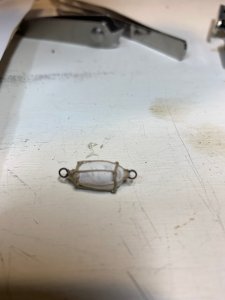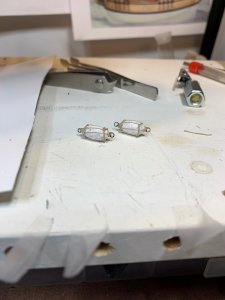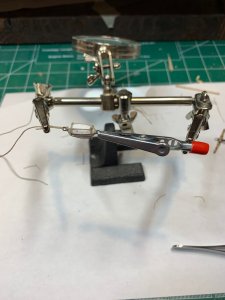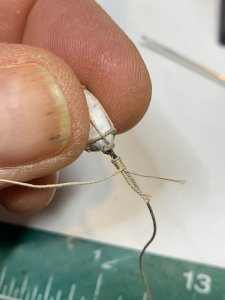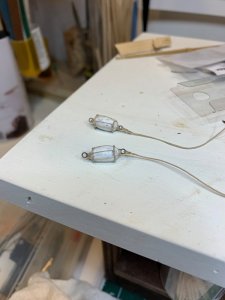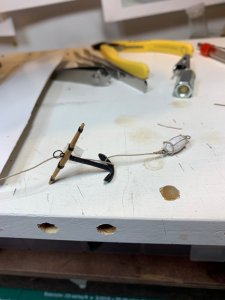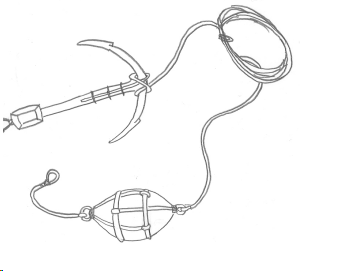I loved that you reproduced as many metal parts as you could to wood. Great Job!Then i mounted all (well not quite all, pawl for windlass has to be made and assembled) deck furniture i have build so far.
I put two small nails in windlass supports and marked place where windlass will sit. Then a hole was drilled for nails, carpenter' glue was used to glue it to the deck.
View attachment 48538
The galley stack was next, then binnacle with two hooks mounted on the deck...
View attachment 48547
Pumps and ladders...
View attachment 48548
The view of the whole deck.
View attachment 48541
Then i give it another layer of stain to make all furniture the same (or similar) shade as the deck is...
View attachment 48542
work on traveler rod was done but it appears to me that it should be a bit shorter in overall length. I will redo it sometimes today...
View attachment 48539
View attachment 48536
View attachment 48537
And through magnified glass...
View attachment 48540
Here is the whole deck for now..
View attachment 48550
Happy modeling.
Last edited:




